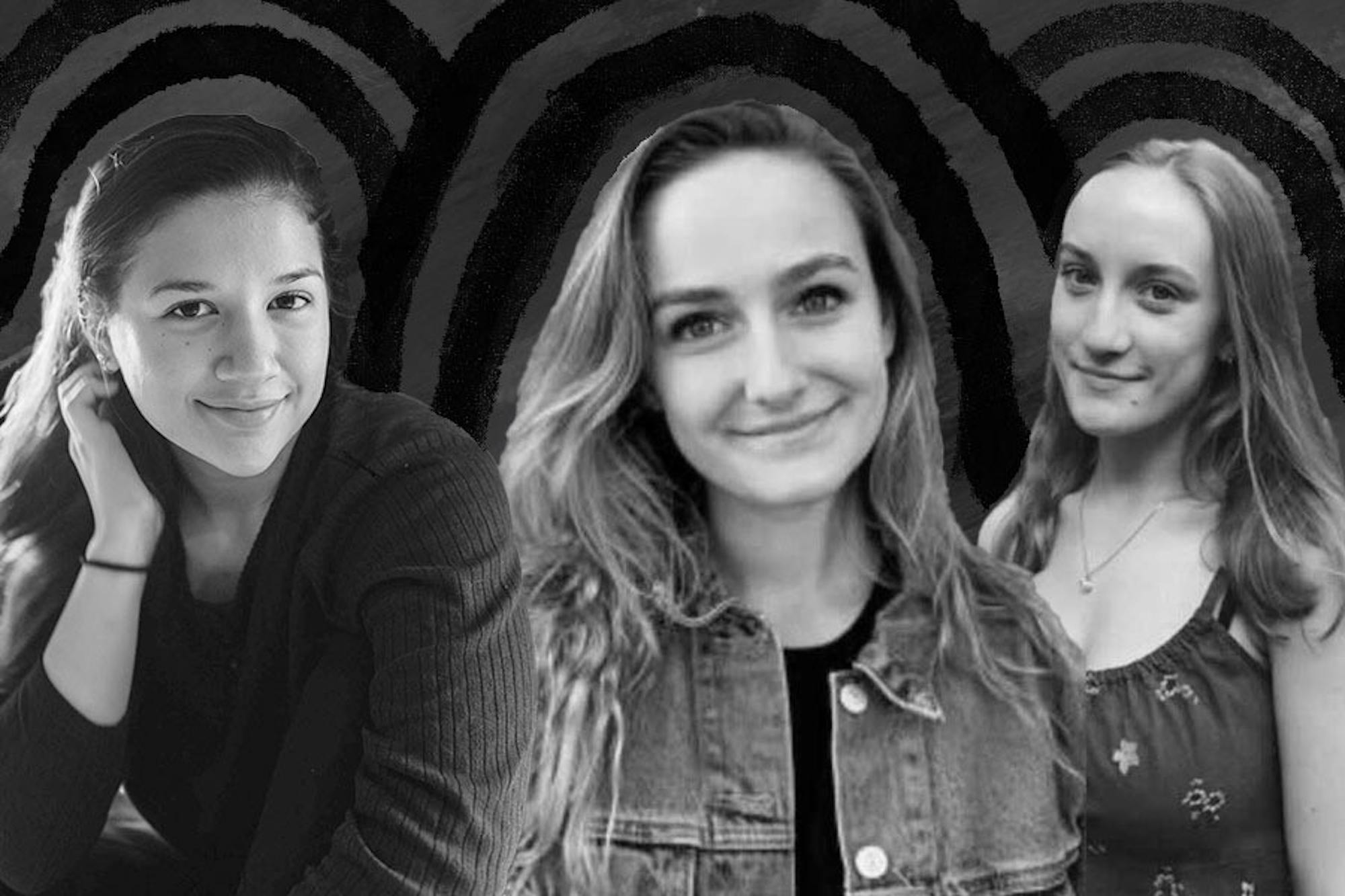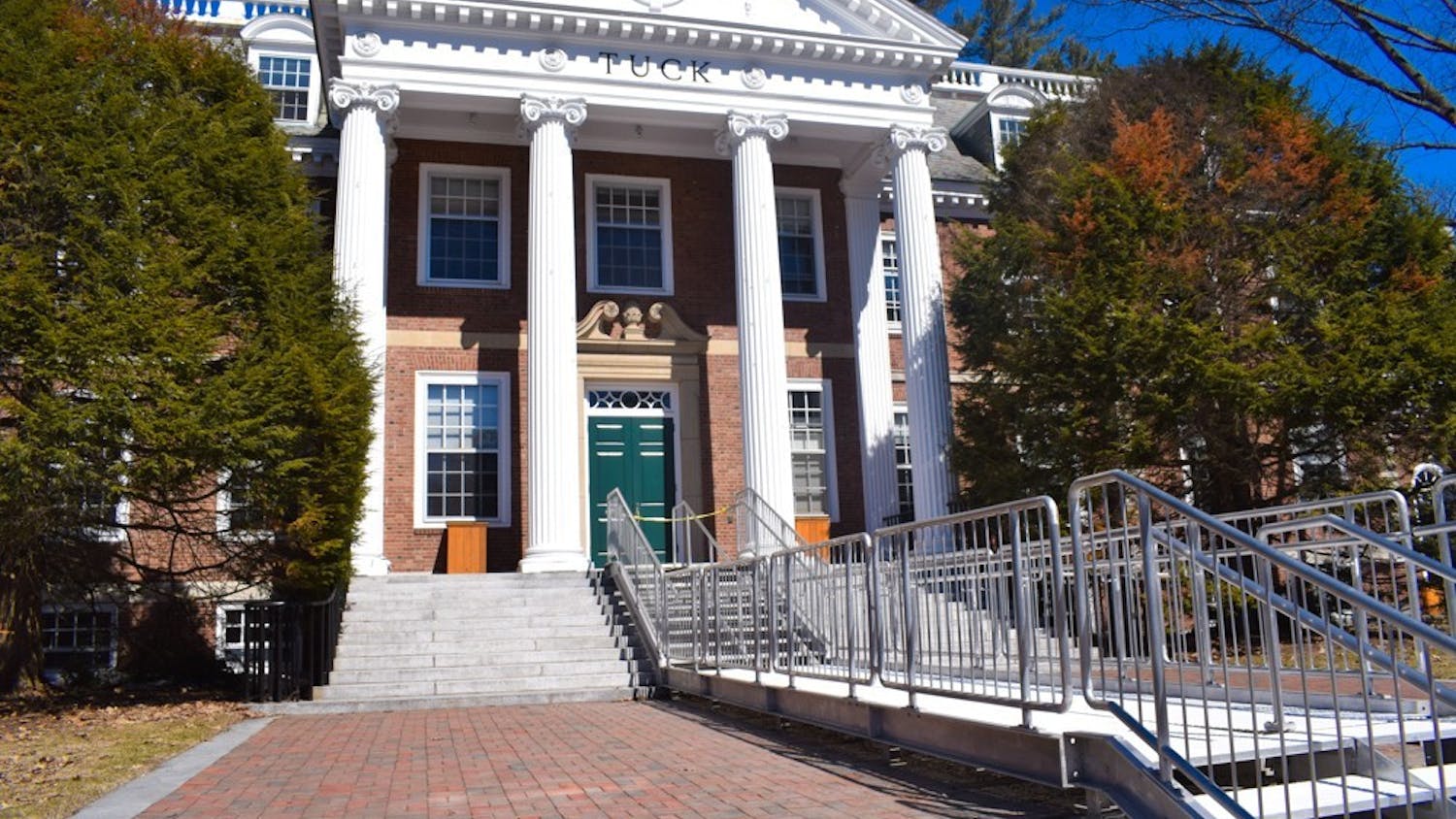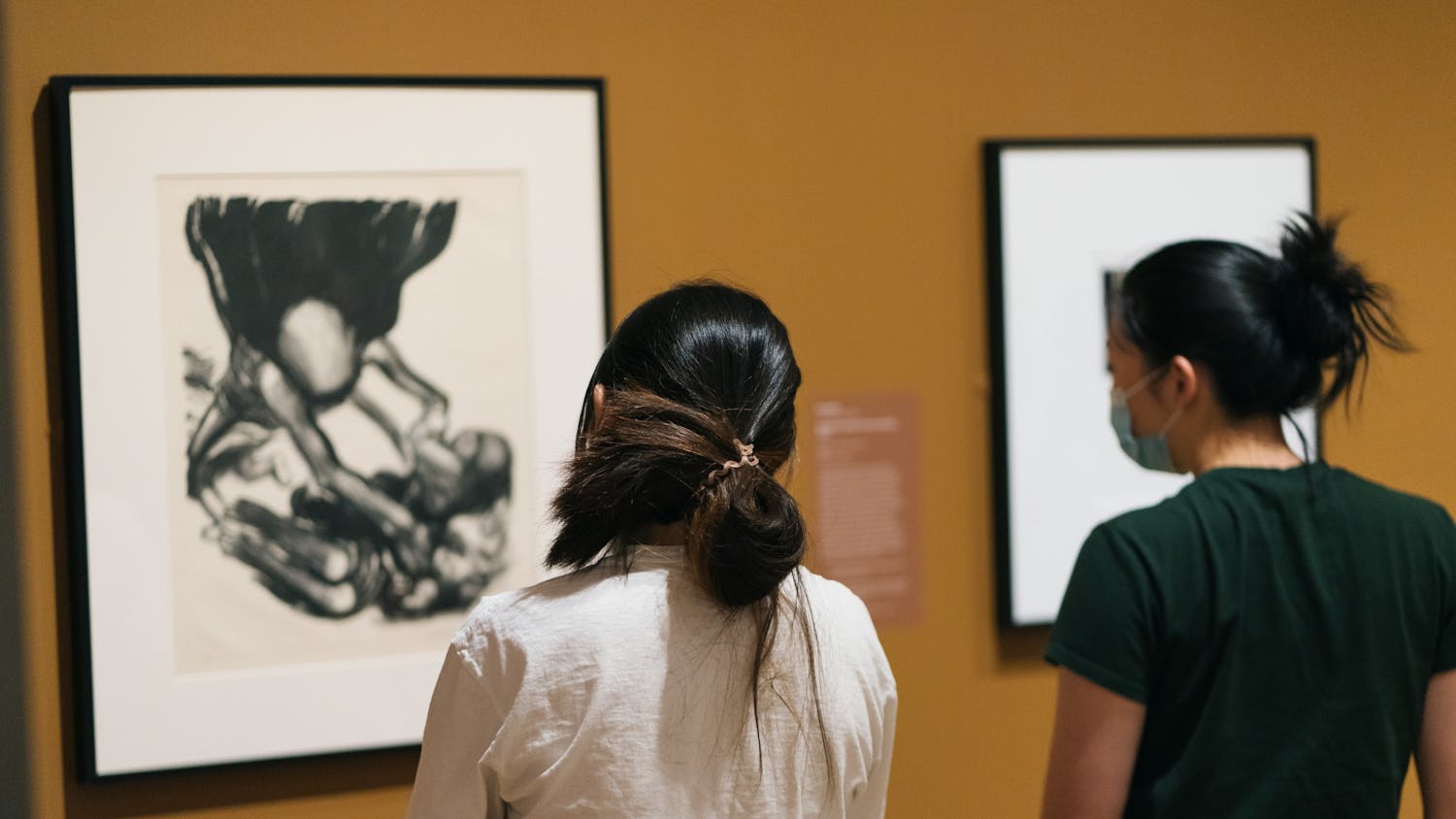Since last spring, when businesses across the country were forced to move their operations online, arts organizations have had to adapt to the new virtual world. While virtualization has proven difficult for many of these organizations, it has also come with a silver lining for the industry. As a result of the transition, new opportunities have emerged for a technologically savvy generation of artists. Dartmouth students seeking experience in the arts world, whether during an off term or through the College, have been a part of ushering the arts into a digital format.
Ronnie Ahlborn ’22 was in the unique position of interning for the New York City-based sustainable fashion company Bobblehaus during its transition to online work last spring.
As a graphic design intern for the company starting in the winter of 2020, Ahlborn started out working in person for Bobblehaus, living in New York and going into the office every day. When the company moved its operations online, Ahlborn was able to keep up her work with Bobblehaus remotely while also taking online classes at Dartmouth.
Ahlborn noted that her particular role was relatively conducive to a virtual context. She was able to send screenshots of her designs and get feedback on them quickly over text. However, she said that her creative process became more independent as a result.
“[The transition online] involved them putting a lot of trust into me to do stuff on my own,” Ahlborn said.
Although she said she missed the creative studio atmosphere, she continued to gain practical graphic design experience while taking classes and gaining greater confidence in her ability to design more autonomously.
Beginning her internship at the start of the pandemic, Ida Claude ’22 spent the spring of 2020 interning for a non-profit organization, The People’s Music School, helping run after school orchestra programs in underfunded Chicago public schools.
Claude said that the transition to the virtual realm has sparked beneficial change for the arts community, helping to expand access to classical music and training opportunities.
“Particularly for the classical music industry, they really needed a fire lit under them to modernize a bit, and to rely more on social media and livestreams,” Claude said. “With new styles of marketing, they were able to start appealing to more young people and make art far more accessible.”
The People’s Music School faced a unique set of challenges in its transition online, according to Claude. She admitted that part of the essence of in-person lessons was lost through virtualization, noting that online classes could not replicate the experience and quality of hands-on learning. Still, Claude feels the program’s efforts to teach music through Zoom and shift to remote operations were ultimately successful. She recounts how students participated in a virtual recorded recital, which Claude herself edited and stitched together.
Aidan Chisholm ’21, who is the Conroy Intern for the Hood Museum of Art, has been working remotely as a curatorial intern since the fall. In her role as one of the Hood senior interns, she researches and documents art and artifacts at the Hood in addition to curating her own exhibit, using works from the Hood, through the Virtual Space for Dialogue program. Prior to the pandemic, these student-curated exhibitions were displayed at the Hood in person; however, this year’s intern projects were formatted as slideshows and uploaded online through WordPress.
Chisholm said the virtual sphere has provided opportunities that were not possible for a physical gallery. According to Chisholm, hosting her exhibition online allows for a greater freedom of choice in terms of the works she is able to include. Using a virtual platform, interns are able to incorporate many different kinds of video and audio media that help enhance engagement, she noted. From the perspective of the audience, viewers are also allowed to move through the exhibits at their own pace, a contrast to the time limits imposed by some museums.
“You are determining the flow over the virtual space, and you can shift the extent to which the user has the ability to freely scroll through the exhibit,” says Chisholm. “In a way, it can be more interactive, despite the fact that you do lose something in experiencing them on the screen as opposed to in person.”
Hood creator of academic programming Amelia Kahl ’01 who manages the intern program at the Hood, said that this class of interns was hired remotely and has worked remotely for the duration of their internships.
“What didn't change is that we had a good group of interns and they did substantive work for us, but the nature of that work changed,” Kahl said. “Programming interns who would’ve had in-person events suddenly had to create events online. Our curatorial interns work off of images and do what research they can do remotely, from their computers.”
Though the program needed to make unexpected adjustments, Kahl noted that the core of each intern’s work, rooted in critical engagement with the Hood’s collection, has not changed.
Additionally, Chisholm noted that despite the virtual environment, the core experiences of the internships have been preserved.
“We do a fair amount of Zoom programming, which entails weekly meetings with other interns where we have the opportunity to interact with different staff members,” Chisholm said. “There have been opportunities to engage with the other interns during those meetings and to be exposed to each other’s work.”




